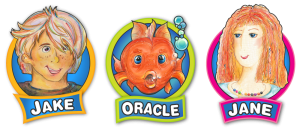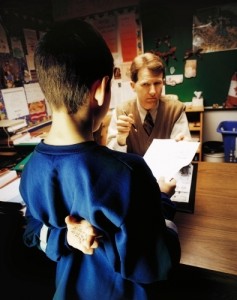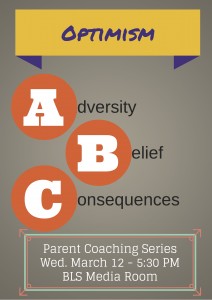For the past year I have been working on an advisory board with a project called “The JNP Project”. This project is a movement promoting the understanding and education of self confidence, self esteem and character building for children. It will be done interactively with books, web resources, and more. There are lesson resources for parents and teachers and they align with Common Core State Standards for Grades 1-4.
 While I have been involved for the last year, there are also many people who have been involved across the world – all of whom have a passion for helping parents and teachers help children to find their “Inner Awesome”. The project is in its infancy and not born yet – but our goal is to have it ready for everyone in June. Having an inside track though, I would like to share where we are with the project at this time with you. So here is the link to the site and please stay tune: http://thejnpproject.com/
While I have been involved for the last year, there are also many people who have been involved across the world – all of whom have a passion for helping parents and teachers help children to find their “Inner Awesome”. The project is in its infancy and not born yet – but our goal is to have it ready for everyone in June. Having an inside track though, I would like to share where we are with the project at this time with you. So here is the link to the site and please stay tune: http://thejnpproject.com/
This project ties so closely to everything that we are working on at Balanced Life Skills with all of our students. I look forward to sharing more with everyone as we progress with the JNP Project. Thank you Dona Rudderow Sturn for inviting me to be a part of your vision and a big thank you to all of those individuals around the world who share this vision for the children of the world.





